Increased Focus on Laboratory Automation
The growing emphasis on laboratory automation is a key driver of the Liquid Handling System Market. As laboratories strive to enhance productivity and reduce manual labor, the adoption of automated liquid handling systems is becoming increasingly prevalent. Automation not only improves the speed and accuracy of liquid handling tasks but also allows for the efficient management of large volumes of samples. This trend is particularly evident in high-throughput environments, where the demand for rapid and reliable liquid handling solutions is paramount. Market analysis suggests that the laboratory automation segment is poised for significant growth, with automated liquid handling systems being a central component of this transformation. The shift towards automation is likely to reshape the landscape of laboratory operations, fostering innovation and efficiency.
Regulatory Compliance and Quality Assurance
Regulatory compliance and quality assurance are critical factors driving the Liquid Handling System Market. As laboratories operate under stringent regulatory frameworks, the need for reliable and accurate liquid handling systems becomes paramount. These systems are essential for ensuring that laboratory processes meet the required standards for quality and safety. The increasing focus on compliance with Good Laboratory Practice (GLP) and Good Manufacturing Practice (GMP) regulations necessitates the use of advanced liquid handling solutions that can provide traceability and documentation. Market trends indicate that laboratories are investing in automated systems to enhance compliance and reduce the risk of errors. This focus on regulatory adherence is expected to propel the demand for liquid handling systems, as organizations seek to maintain high standards in their operations.
Rising Demand for Precision in Laboratories
The increasing need for precision in laboratory environments drives the Liquid Handling System Market. As research and development activities expand across various sectors, including pharmaceuticals and biotechnology, the demand for accurate liquid handling solutions intensifies. Laboratories are increasingly adopting automated liquid handling systems to minimize human error and enhance reproducibility in experiments. According to recent data, the market for automated liquid handling systems is projected to grow at a compound annual growth rate of approximately 8.5% over the next five years. This growth is indicative of the industry's shift towards more sophisticated and reliable liquid handling solutions, which are essential for meeting stringent regulatory requirements and ensuring the integrity of experimental results.
Growth in Pharmaceutical and Biotech Sectors
The expansion of the pharmaceutical and biotechnology sectors significantly influences the Liquid Handling System Market. With the continuous development of new drugs and therapies, there is a heightened demand for efficient liquid handling solutions that can support complex research and production processes. The pharmaceutical industry, in particular, is experiencing a surge in investment, leading to an increased need for automated liquid handling systems that can ensure accuracy and compliance with regulatory standards. Market data indicates that the pharmaceutical sector is expected to account for a substantial share of the liquid handling systems market, driven by the need for high-throughput screening and precise formulation processes. This trend underscores the critical role that liquid handling systems play in facilitating innovation and efficiency within these sectors.
Technological Advancements in Liquid Handling
Technological advancements play a pivotal role in shaping the Liquid Handling System Market. Innovations such as smart pipetting systems and integrated software solutions are enhancing the efficiency and accuracy of liquid handling processes. These advancements not only streamline laboratory workflows but also reduce the time required for sample preparation and analysis. The introduction of artificial intelligence and machine learning in liquid handling systems is expected to further optimize performance and adaptability. As laboratories seek to improve throughput and reduce operational costs, the adoption of these advanced technologies is likely to increase, thereby propelling market growth. The integration of cutting-edge technologies is anticipated to create new opportunities for manufacturers and end-users alike.


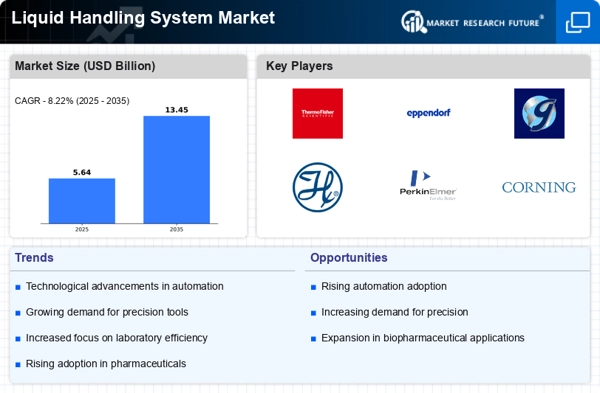
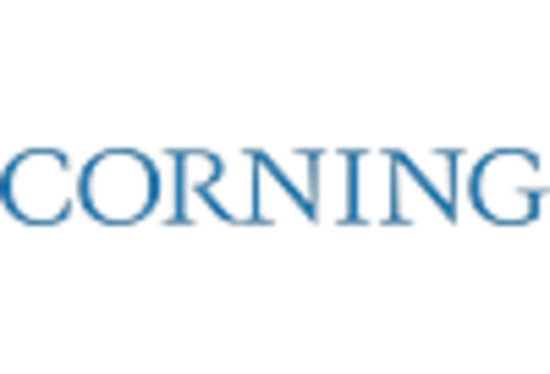
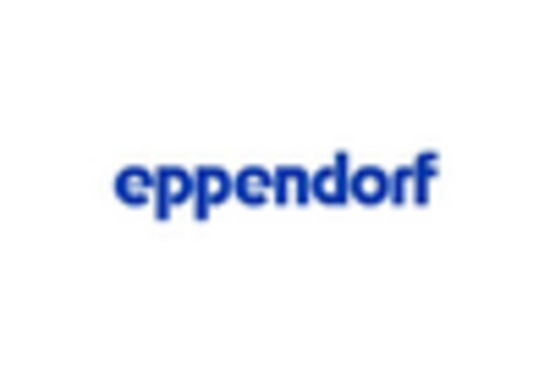
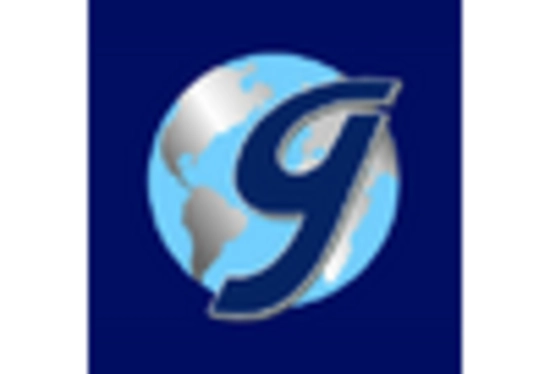
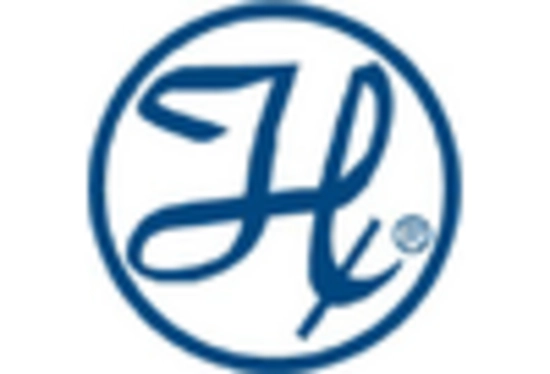
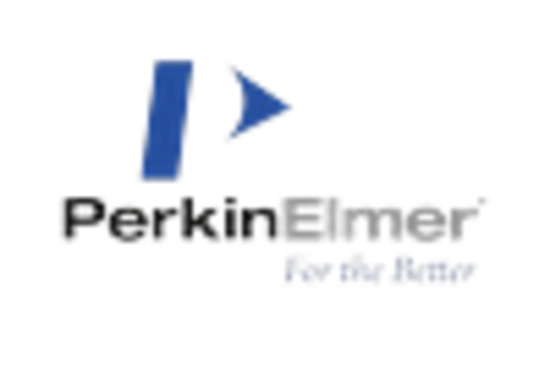









Leave a Comment